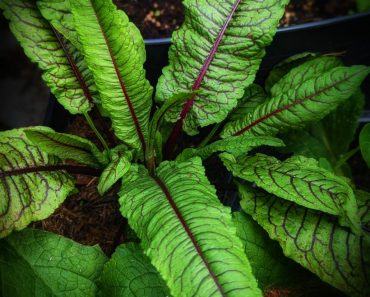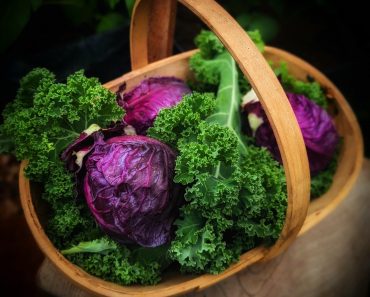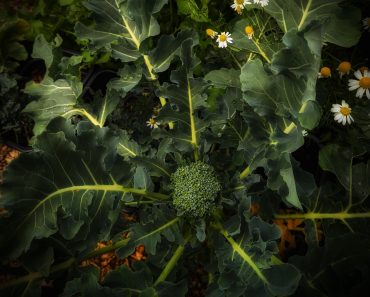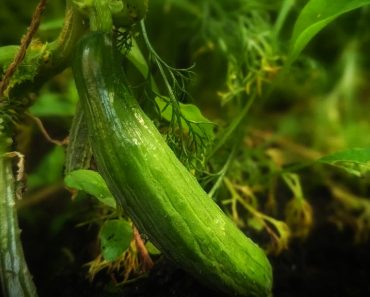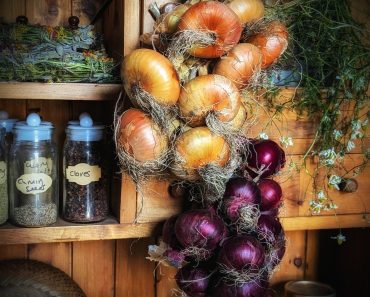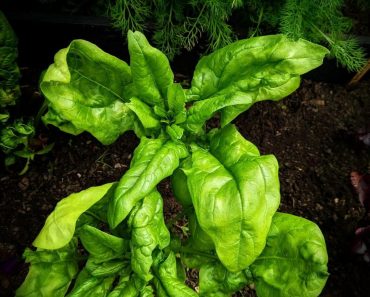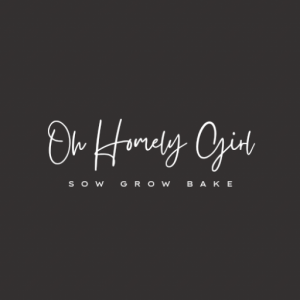Learn how to Grow Garlic at home using simple cost effective methods for your own homegrown, healthy Harvest! Here’s how I grow mine…
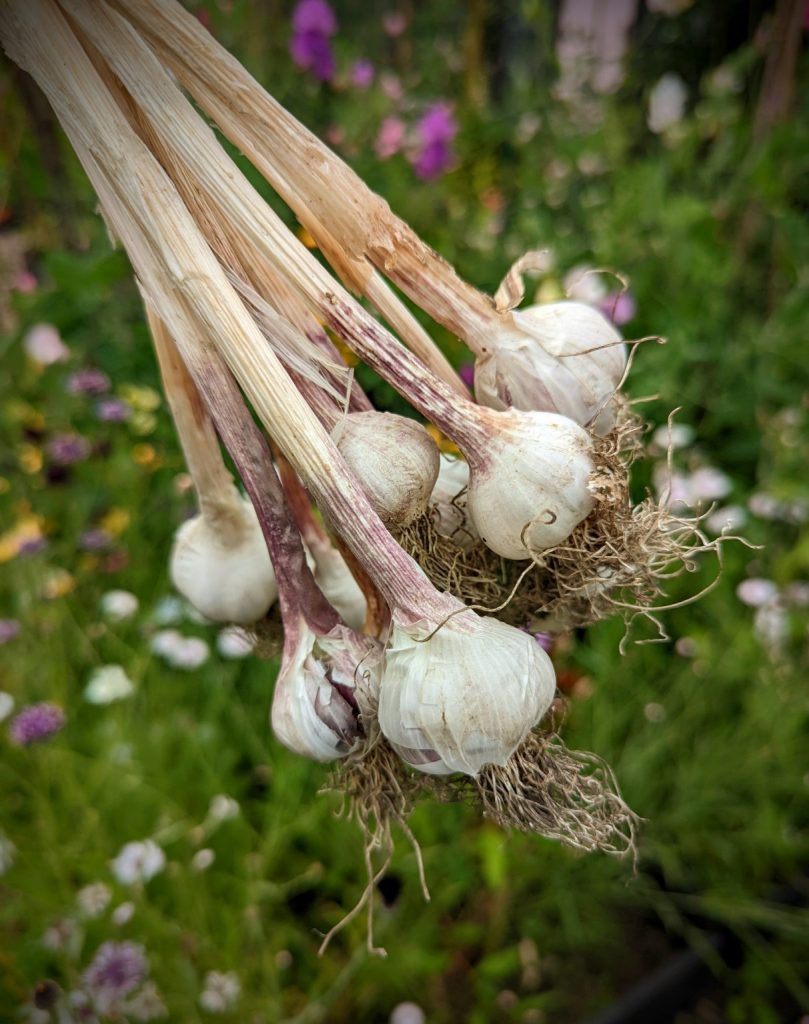
This post may contain affiliate links. Please see my disclosure policy
What is Garlic?
Garlic is one of the oldest plants in the world and belongs to the Liliaceae family, along with onions, chives, Leeks and shallots. They are easily distinguished by their pungent scent and distinctive flavour! I love the stuff! Have a look at my Onion Heart Cheesy Garlic Bread 😋
The Garlic Bulb is the ‘food part’ of the plant and comprises of typically 8-20 teardrop shaped cloves (segments). Each clove has a parchment like skin covering, which is peeled off before used in culinary dishes.
Garlic Origins and Healing History
Garlic is an ancient crop with origins dating back over 5000 years! It was first cultivated by Egyptian and Indian cultures and later by the Babylonians 4500 years ago and much later by the Chinese 2000 years ago! In fact, almost every culture around the world has a history of some kind relating to this wonderful crop!
How did Garlic Come To The UK? The answer is simply… In the pockets of travelers! Throughout history and through the migration of humans from one continent to another, Garlic eventually found its way to English Lands. It is said that Garlic was brought to Great Britain around 1540, from the Mediterranean.
It became far more popular in 1564 when a much respected German professor and doctor by the name of Adam Lonicer recommended its use for treatment of a range of skin diseases. He wrote that ‘Garlic was the rustics. Theriac or Heal-All’ He recommended its use in the treatment of “ulcers in the body” due to its capability of softening and opening cysts and drawing out the infection. Other Skin infections, inflammations, kidney issues, bronchial problems were treated with Garlic. It was even said to cure a stomach ache!
6 Amazing Garlic Benefits Today
There are so many proven health benefits related to garlic, but here are just a few reasons why you should include it in your diet…
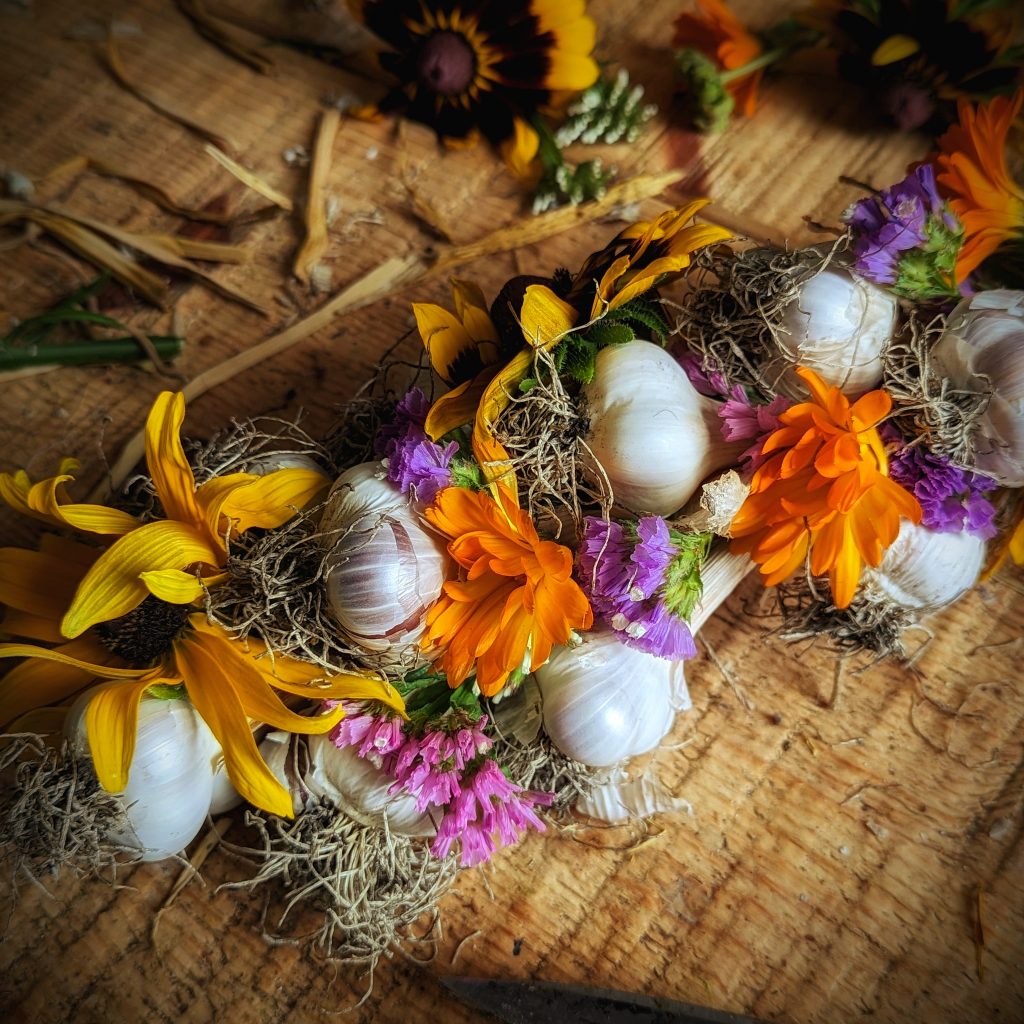
- Can Help to reduce blood pressure
- Helps to Boost the Immune System
- Helps Reduce Cholesterol Levels
- It has Antibiotic capabilities, helping with fungal and viral infections
- Helps to detox the body by promoting glutathione production by various liver enzymes.
- May Help to prevent Alzheimer’s and Dementia– Due to garlics high level of antioxidants it can help to prevent oxidative damage from occurring in the body. These Antioxidant properties can prevent certain cognitive diseases like dementia and Alzheimer’s developing
How My Growing Garlic Journey Started
My garlic growing story started with a supermarket Garlic bulb *Every seed seller will tell you, never grow from Supermarket bulbs, buy from a reputable seller whom can guarantee disease and virus free bulbs…That’s fine, but I figure if its safe enough to eat garlic from a supermarket, surely its safe enough to grow from one?
Years later and countless harvests later, my solitary supermarket bulb has yielded hundreds of cloves and flavoured many meals. After every Garlic harvest I hold back a handful of cloves to grow from. Here’s how I do it….
How I Grow Garlic From Bulbs
- In Autumn I Select the largest cloves from my harvest and rub any flaky skin away.
- Cut the top point off each clove, this is so the green shoots can grow easily.
- Place the cloves, cut side up in around 2 cm of water (just enough so the bottom of the clove is submerged) then place them on a sunny windowsill and wait.
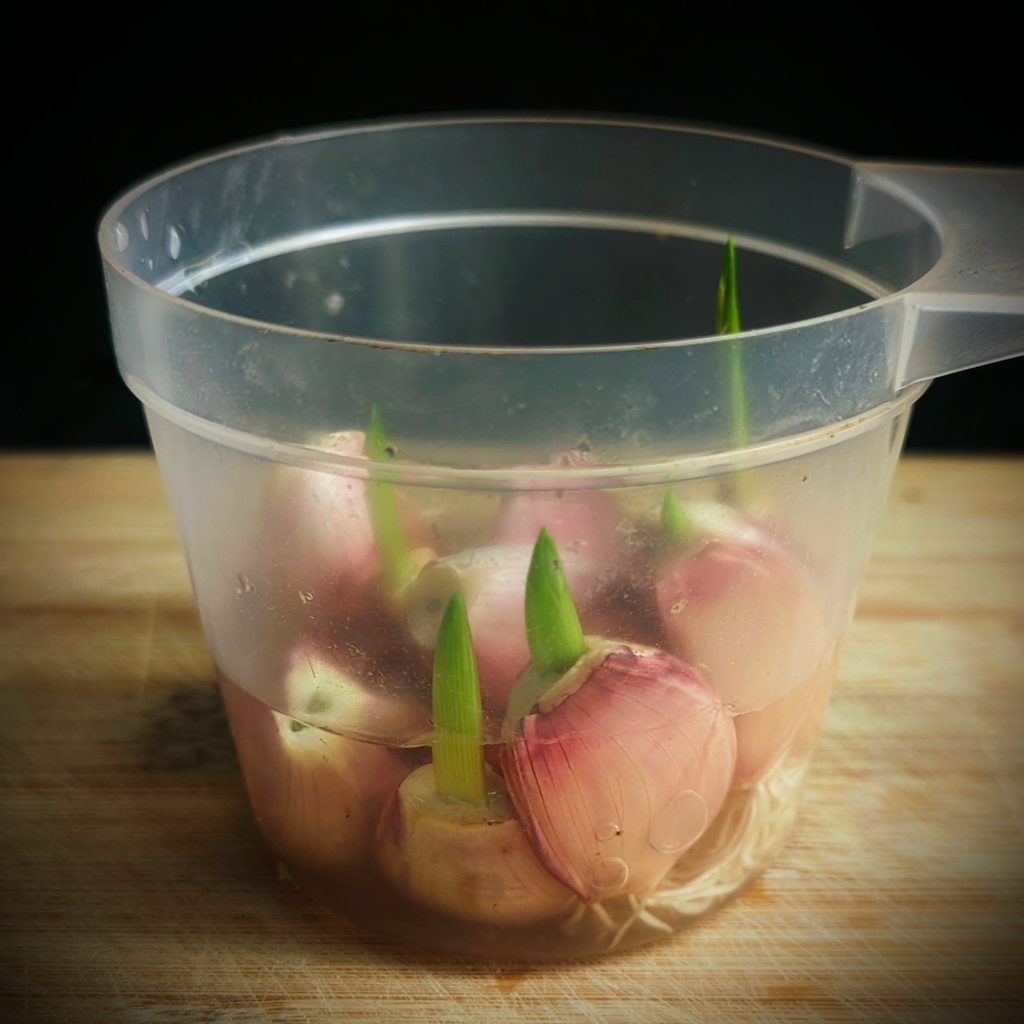
- After roughly 4 days or sooner you should begin to see little white roots form at the bottom of each clove
- Within the week, green shoots will appear.
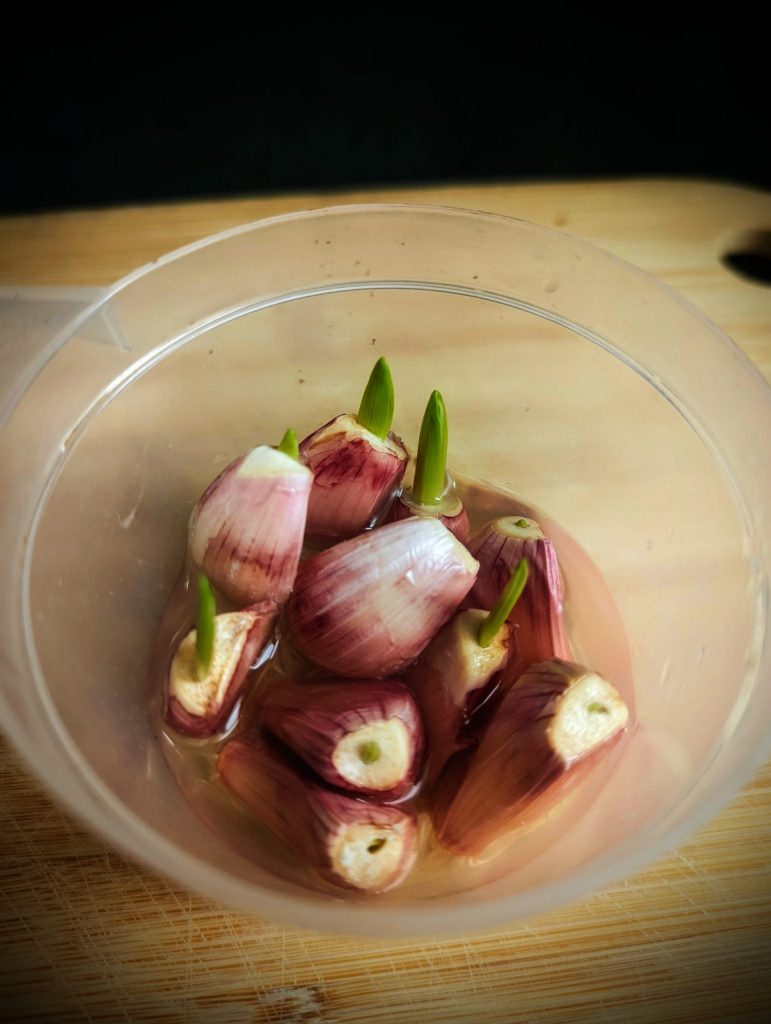
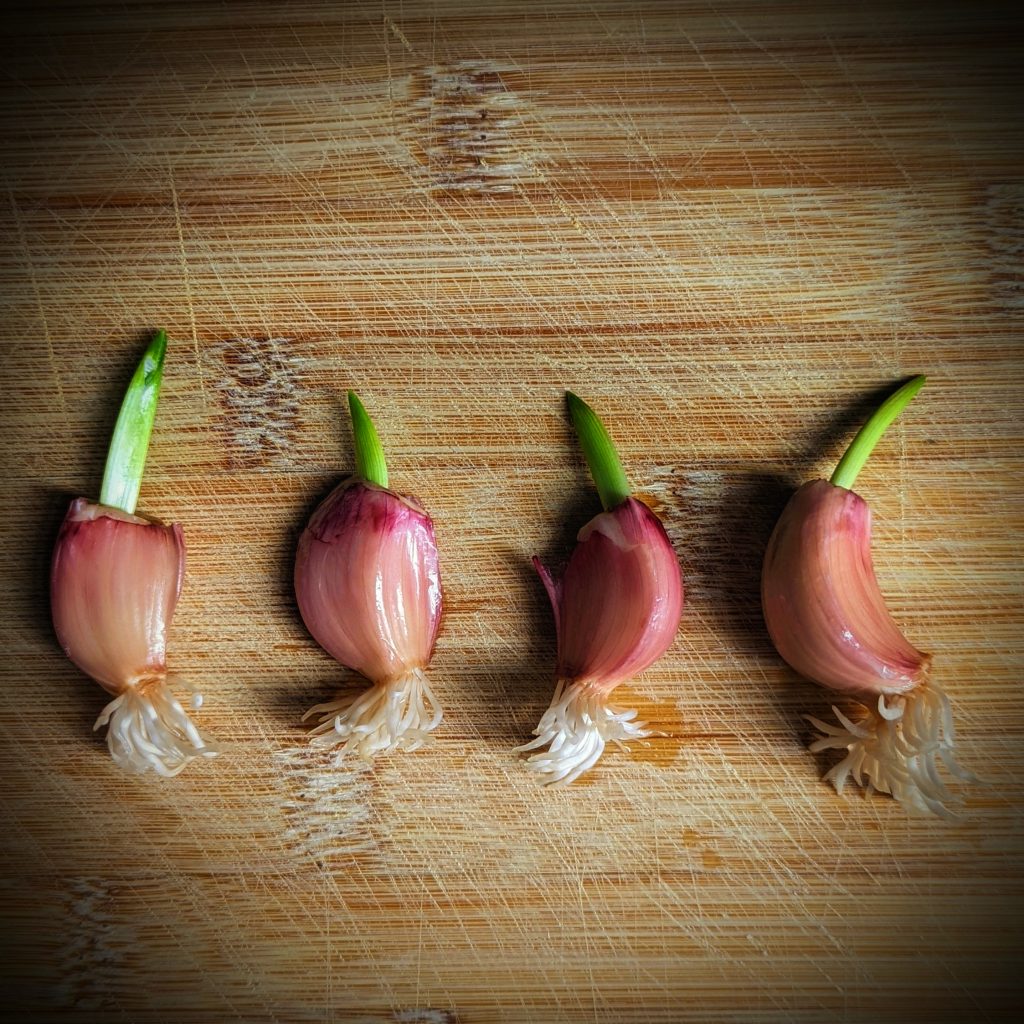
When to Plant Out Garlic Bulbs
When the shoots are at least 2 cm in length, plant them out with the foliage above soil level in Late Autumn, Early Winter
Where To Plant Garlic
Grow garlic in a warm, sunny spot, in well-drained soil. Garlic does not like soil that becomes to soggy during winter
Good Companion Plants For Garlic
Bad Companion Plants For Garlic
Garlic is known to inhibit the growth and compete for soil nutrients with these vegetables and herbs…
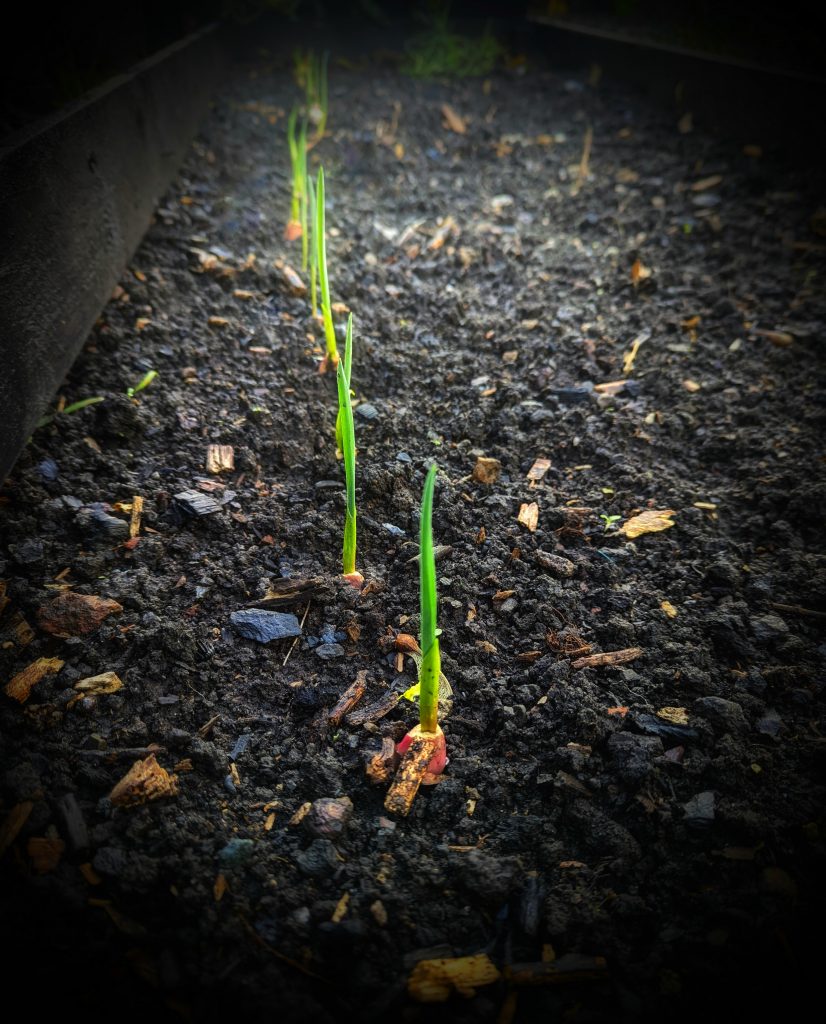
Caring For Garlic
Water garlic during dry periods , but stop watering altogether during the last few weeks before harvest. Keep the Garlic bed free of weeds.
When To Harvest Garlic
Garlic bulbs are ready to harvest once the leaves have begun to turn yellow ( early Summer, around July). Harvest garlic as soon as it’s ready, try not to delay pulling them…late lifted Garlic will not store as well.
This years Garlic Harvest
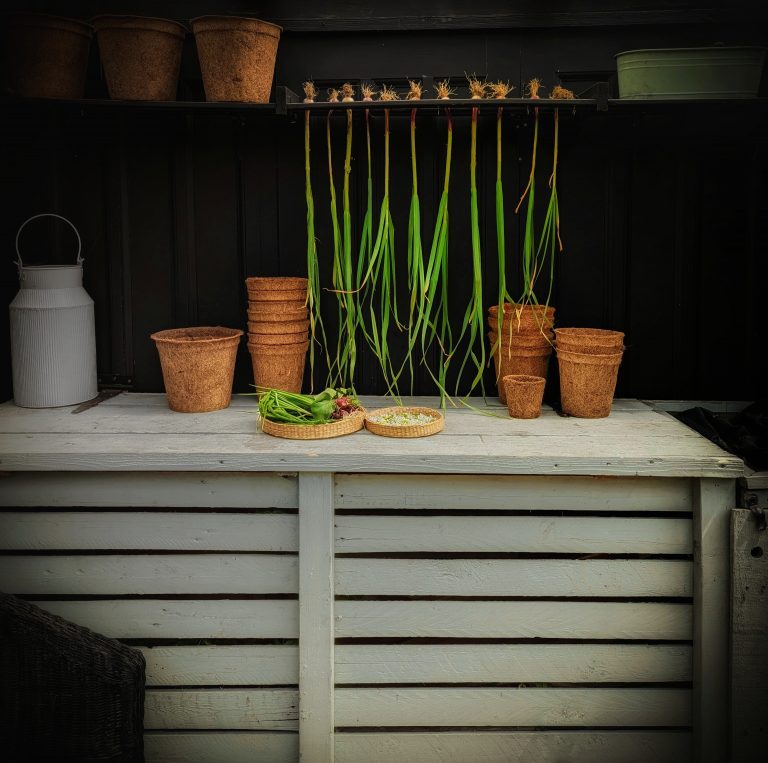

How To Dry Garlic Bulbs for storage
I like to hang my Garlic to dry (skins on) in a shed or sheltered environment for around 4 weeks, until the leaves turn completely brown.
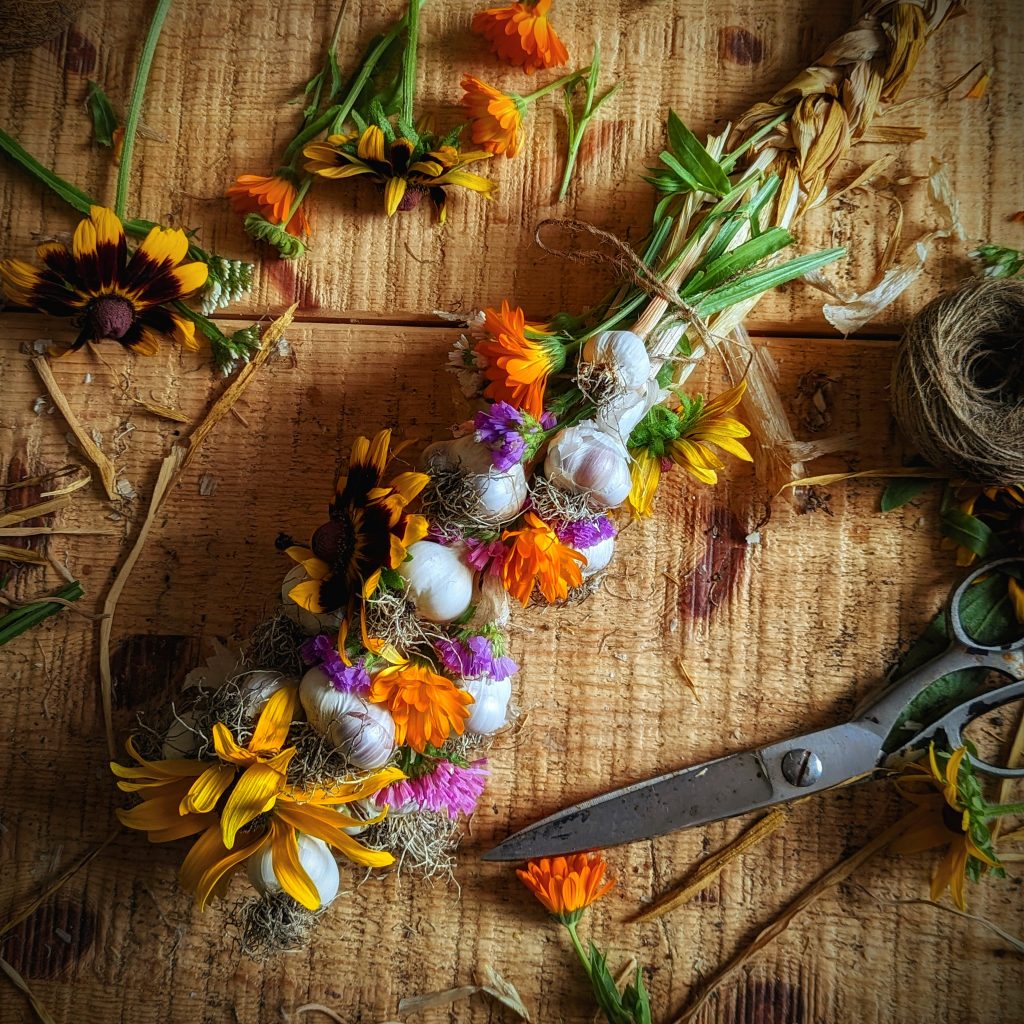
Why Do you dry Garlic Bulbs?
The process is called curing. Curing garlic actually occurs in two stages, the first stage begins in the ground as the leaves of the Garlic plant begin to yellow and die. The second stage is done above ground once the garlic is harvested, and hung to dry. This whole process facilitates the curing process and prepares the garlic for longer term storage.
Want To Grow A Vegetable Garden?
Have a look at my DIY Greenhouse , DIY Potting shelter and Potting Shed and have a gander at these ‘How To’ Veggie Posts…
Looking For more ‘Homely’ Inspo ?
Have a Nosey Around the Blog! See what i’ve been Baking, Growing and Drinking! Also, pop over and say Hi on Instagram
*Any specific health claim or nutritional claims or information provided on the Website are for informational purposes only. Nothing on the Website is offered or intended to be a substitute for professional medical, health, or nutritional advice, diagnosis, or treatment. This Website is not intended to diagnose, treat, cure or prevent any disease. You assume full responsibility for consulting a qualified health professional regarding health conditions or concerns.

